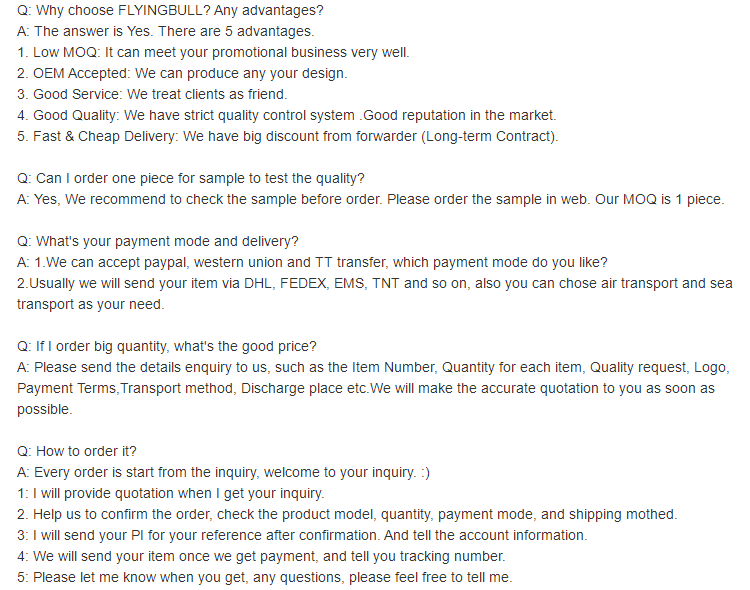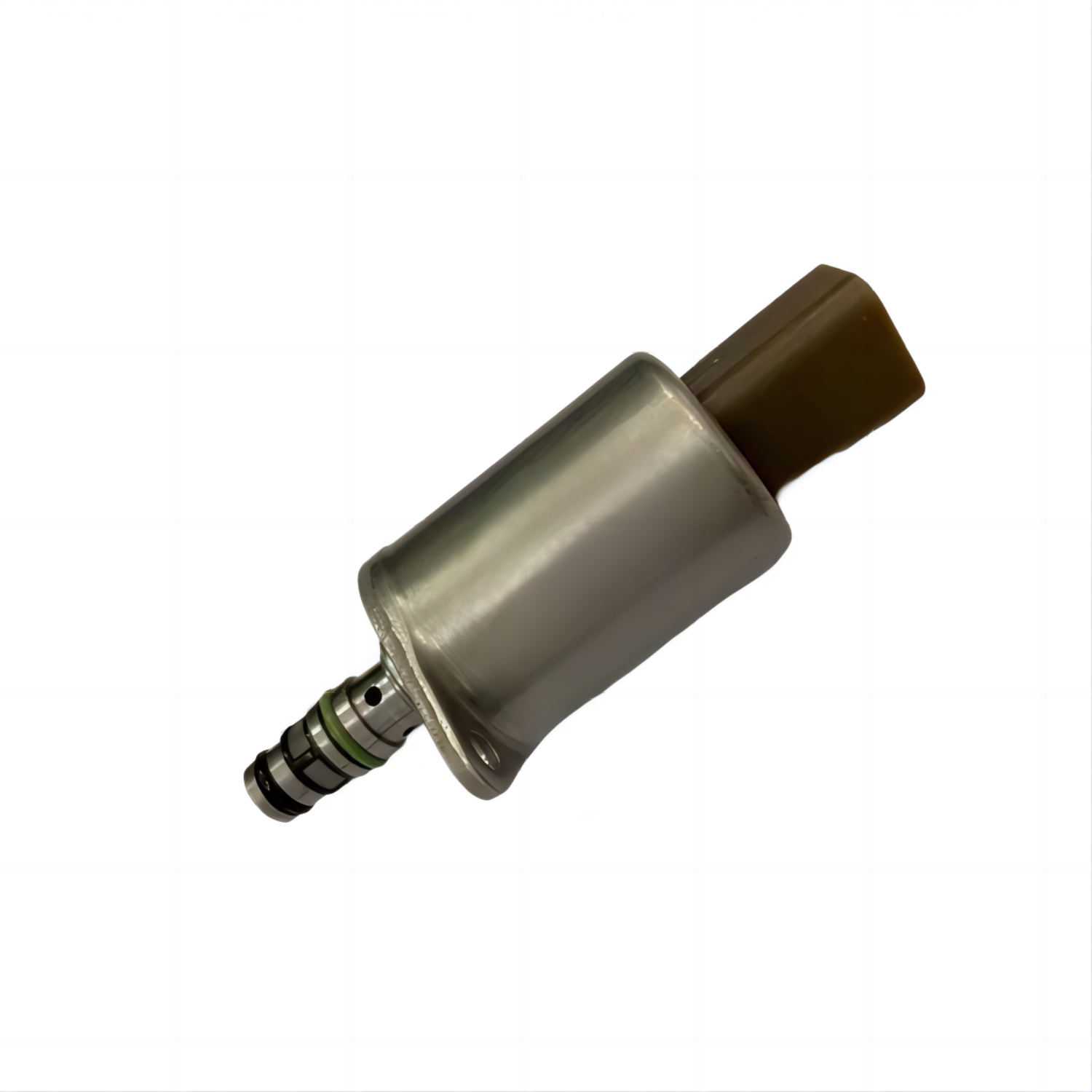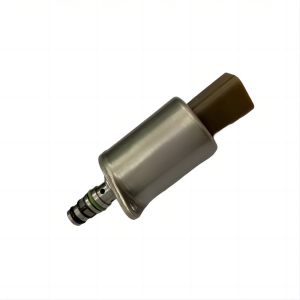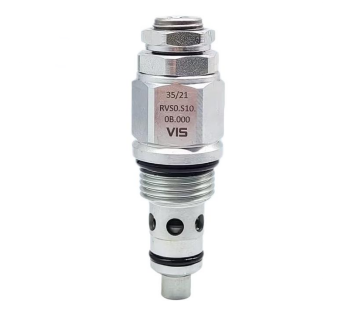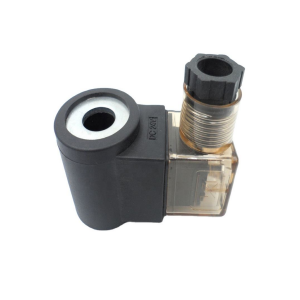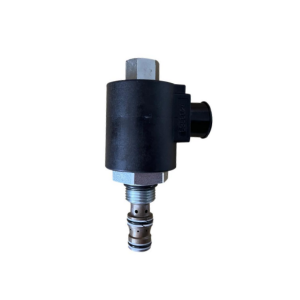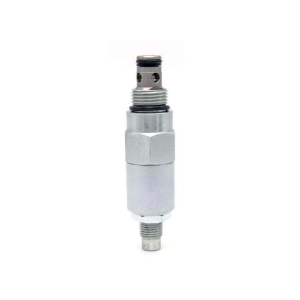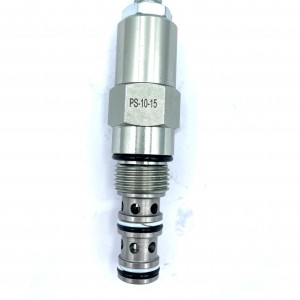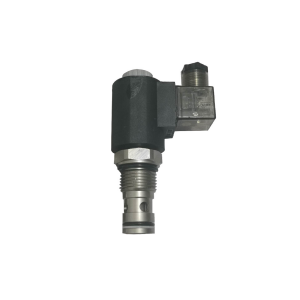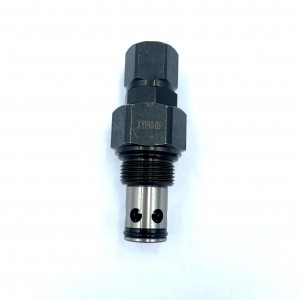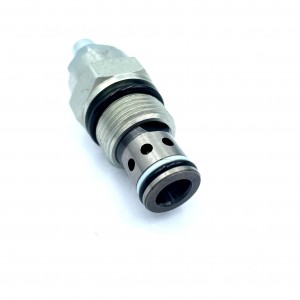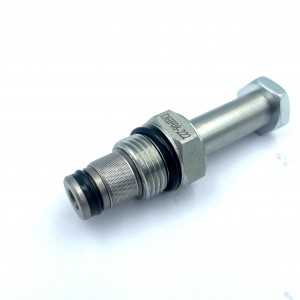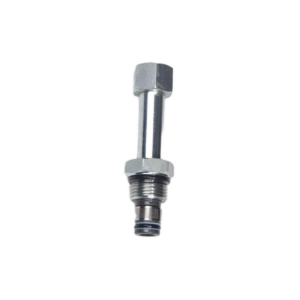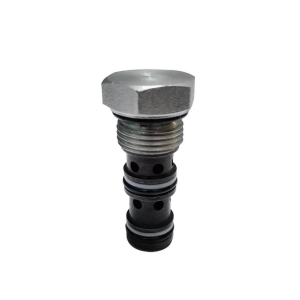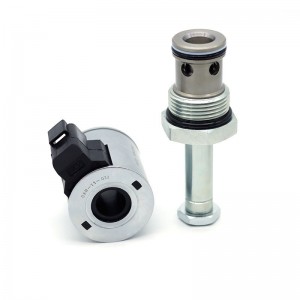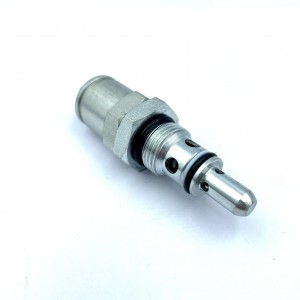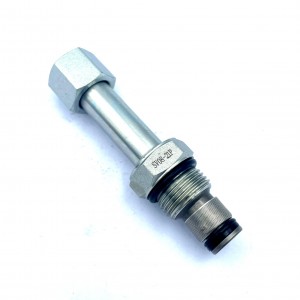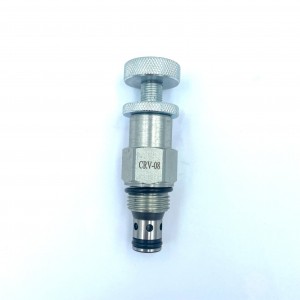TM81902 hydraulic pump proportional pilot solenoid valve
Details
Sealing material:Direct machining of valve body
Pressure environment:ordinary pressure
Temperature environment:one
Optional accessories:valve body
Type of drive:power-driven
Applicable medium:petroleum products
Points for attention
Hydraulic solenoid valve troubleshooting
The failure of the hydraulic solenoid valve will directly affect the action of the reversing valve and the regulating valve, and the common faults are that the solenoid valve does not operate, which should be checked from the following aspects:
1. The hydraulic solenoid valve connector is loose or the wire tip is off, the hydraulic solenoid valve is not electric, and the wire tip can be fastened;
2, the hydraulic solenoid coil burned out, you can remove the hydraulic solenoid valve wiring, with a multimeter measurement, if open, the solenoid coil burned out. The reason is that the coil is damp, causing poor insulation and magnetic leakage, causing the current in the coil to be too large and burned, so it is necessary to prevent rain from entering the solenoid valve. In addition, the spring is too strong, the reaction force is too large, the coil turns are too few, and the suction is not enough can also make the coil burn.
3, hydraulic solenoid valve stuck: solenoid valve sleeve and spool with a small gap (less than 0.008mm), generally a single assembly, when there are mechanical impurities or too little oil, it is easy to get stuck. The treatment method can be steel wire through the small hole of the head to make it spring back.
The fundamental solution is to remove the solenoid valve, take out the spool and spool sleeve, clean with special cleaning agent, etc., so that the spool is flexible in the valve sleeve. When disassembling, attention should be paid to the assembly sequence and external wiring position of each component, so as to reassemble and wire correctly, and check whether the oil spray hole is blocked and whether the lubricating oil is enough.
Product specification
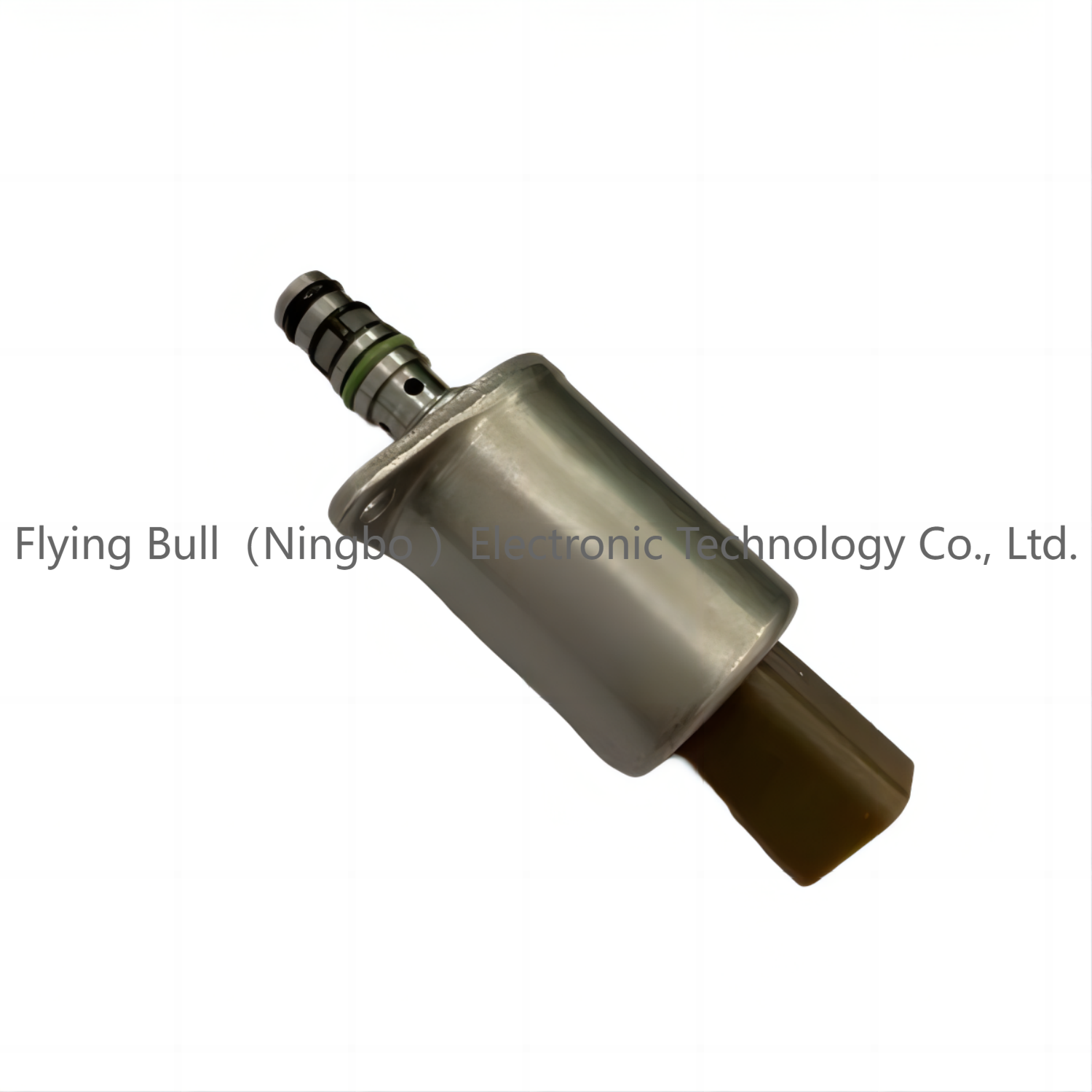
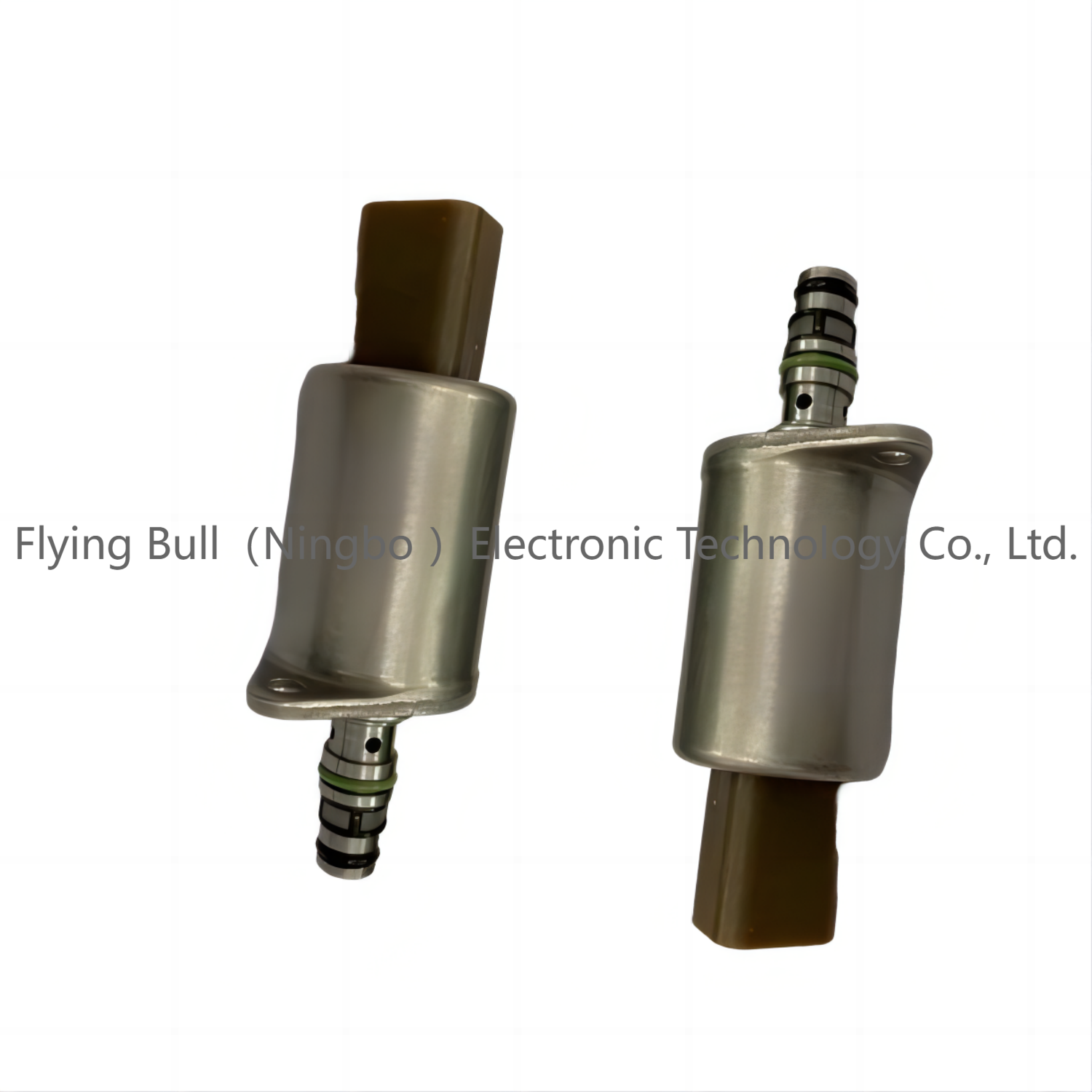
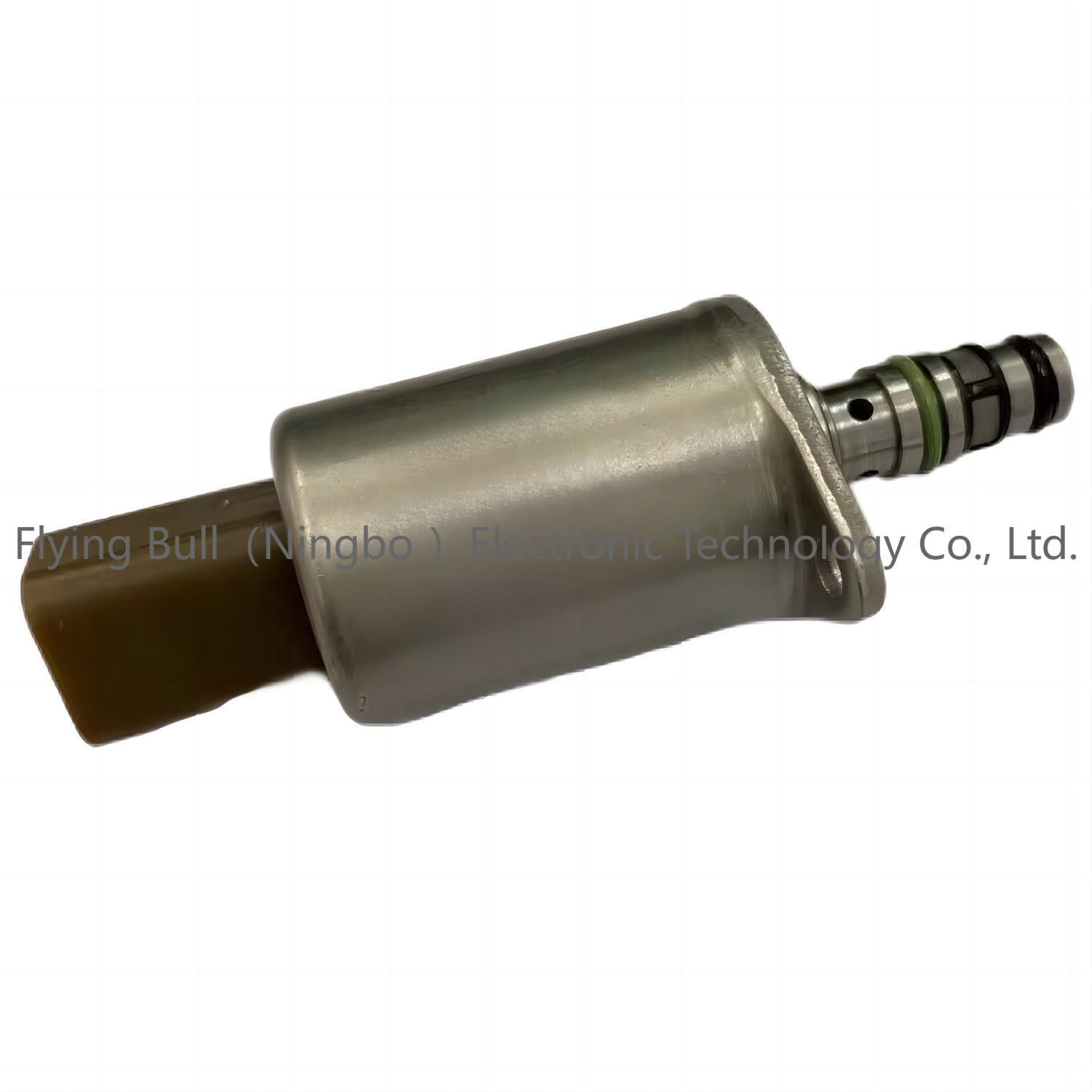
Company details






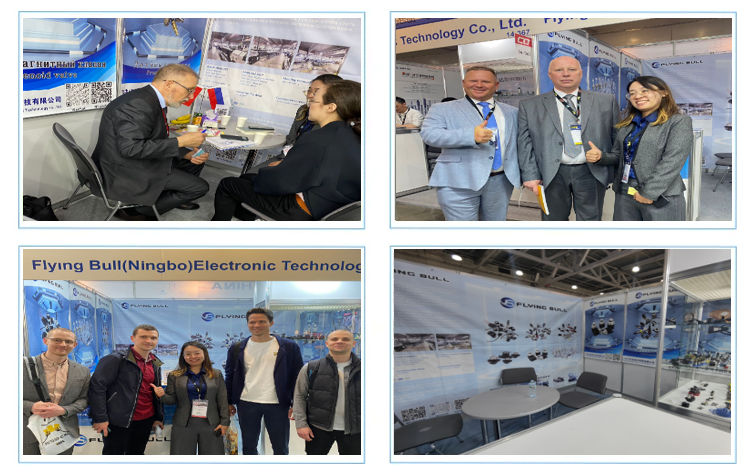

Company advantage
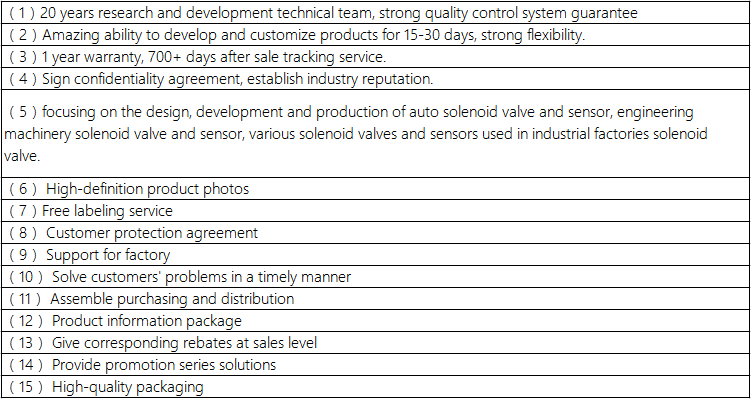
Transportation

FAQ
